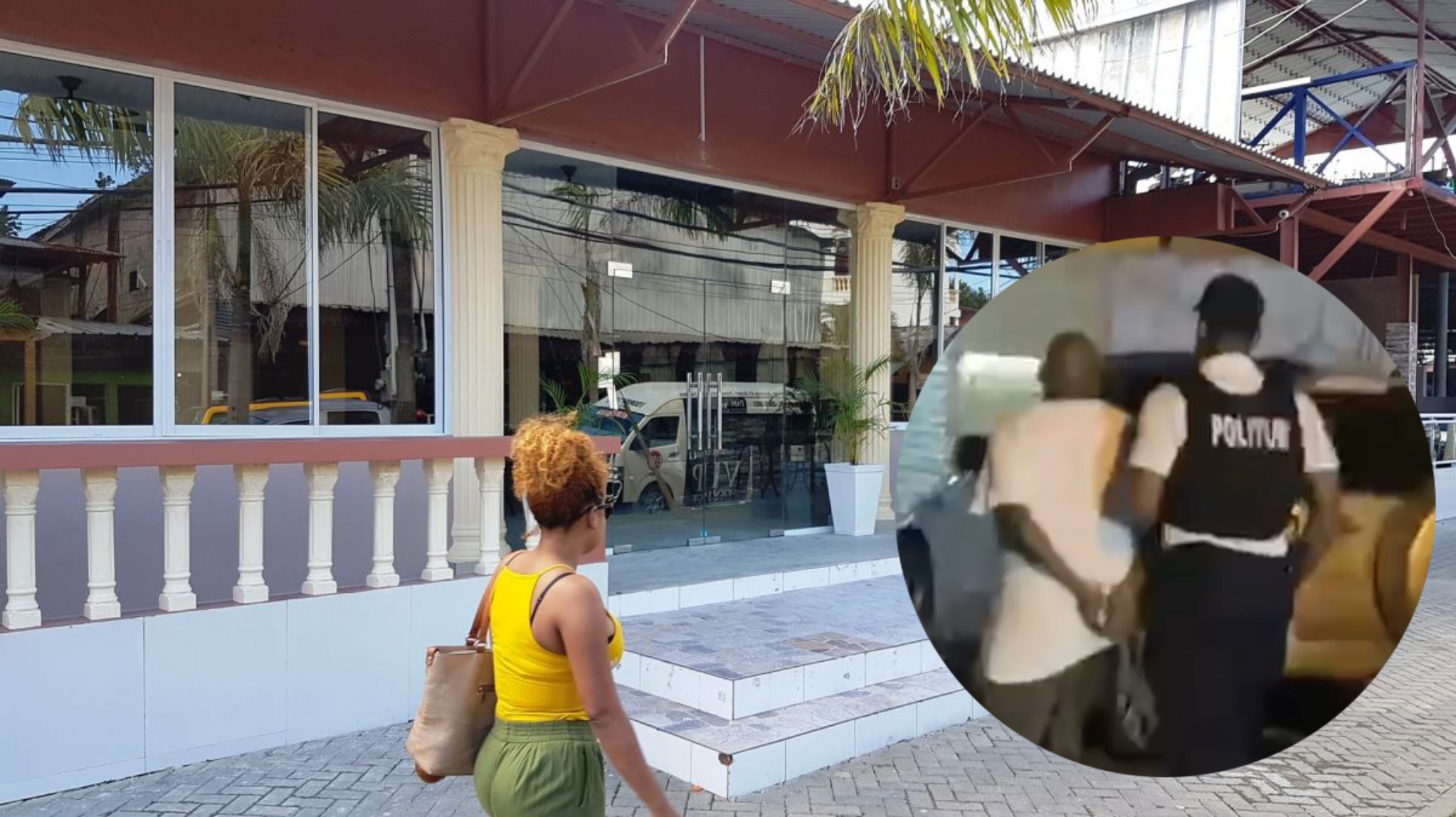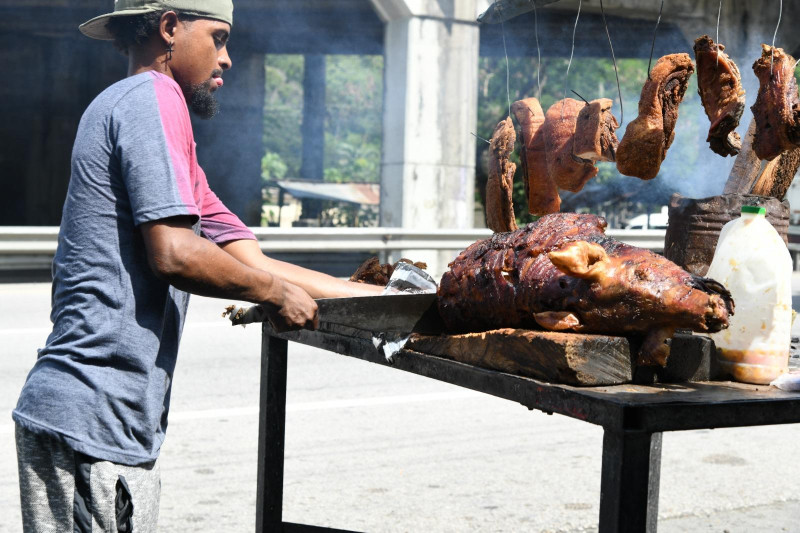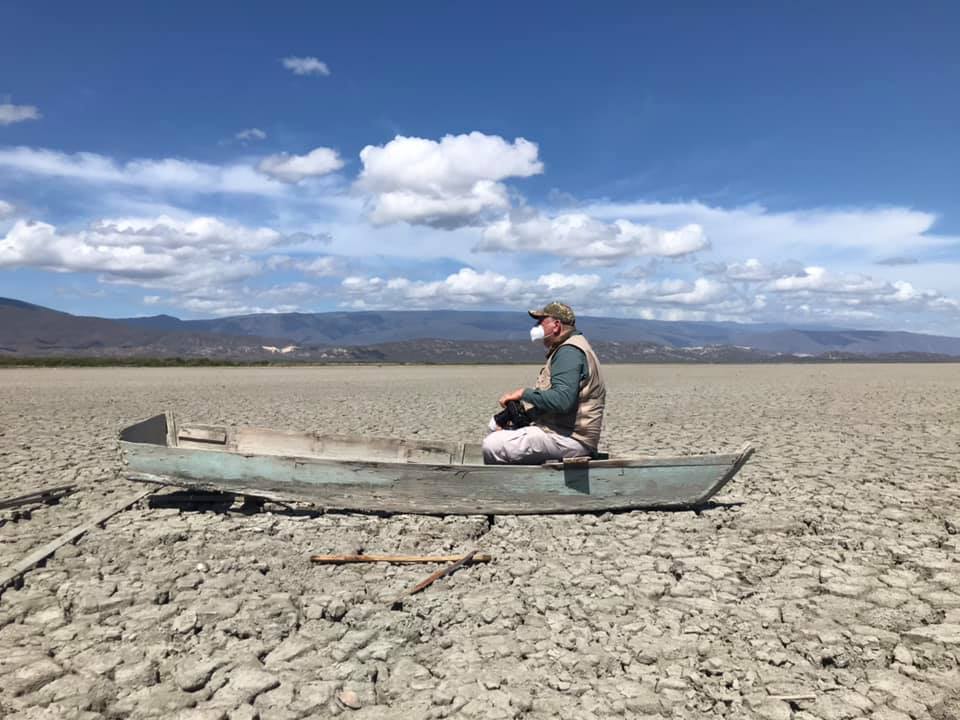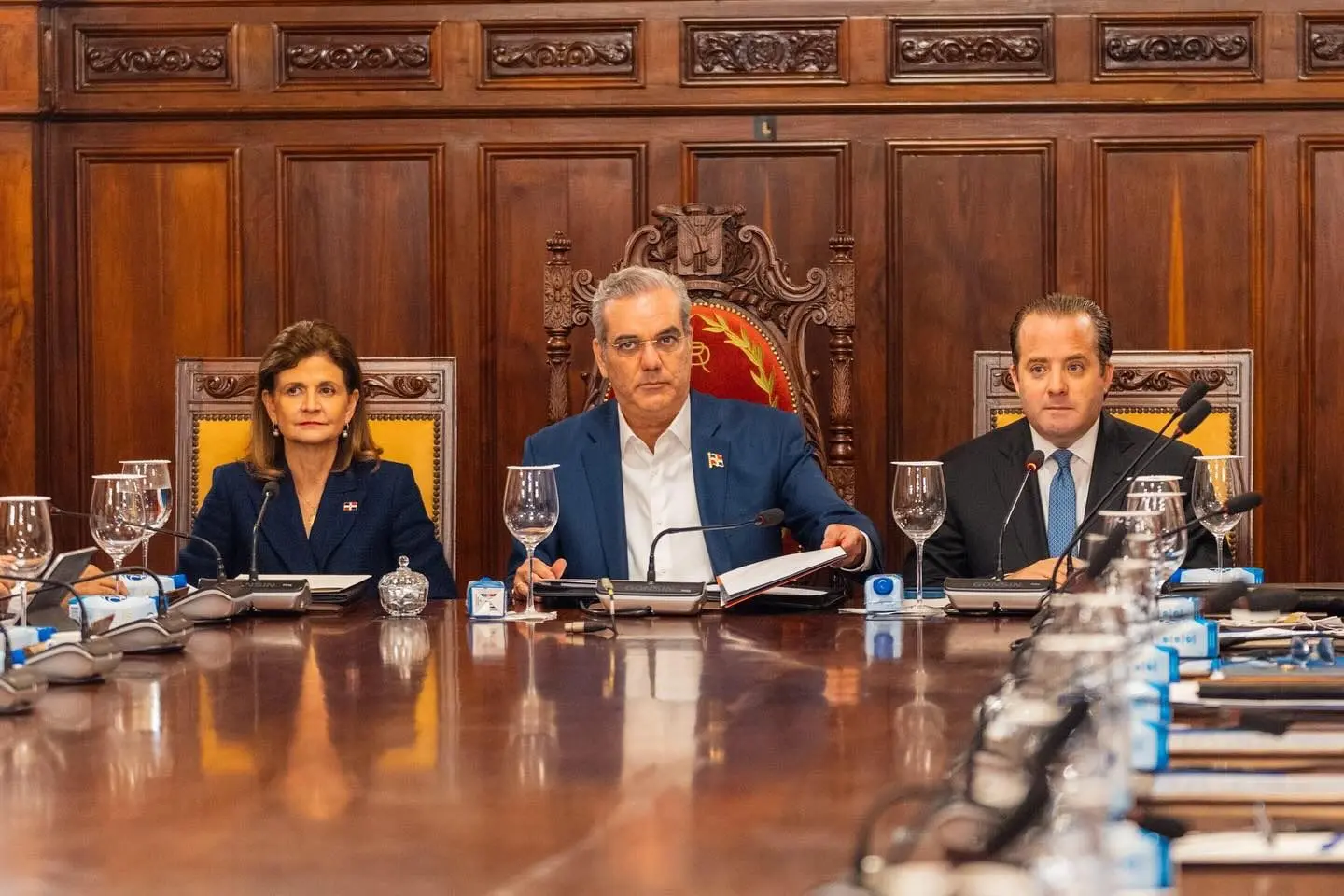In 2025, the United States has deported a total of 3,581 Dominican citizens, as reported by the General Directorate of Migration (DGM). Among these deportees, 2,452 individuals (68.47%) were expelled for illegal migration, while the remaining 1,129 faced deportation due to various criminal offenses. The DGM provided a detailed breakdown of the crimes associated with the deportees: 553 were linked to drug-related offenses, 126 to assault, 101 to acts of violence, 67 to illegal possession of weapons, 42 to sexual offenses, 35 to homicide, 22 to fraud, and 17 to the use of false documents. Additionally, cases involving money laundering, smuggling, and human trafficking were mentioned, though specific figures were not provided. This surge in deportations aligns with the stricter immigration policies implemented by former U.S. President Donald Trump, which target individuals considered security or economic risks. Upon their return to the Dominican Republic, deportees are processed at the airport and transferred to the Haina detention center for identity verification. Those without pending legal issues are released to their families, while others are referred to the Attorney General’s Office for further legal action.
标签: Dominican Republic
多米尼加共和国
-

Owner of Rumba bar in Sosúa retains rights to business despite possible deportation
In the wake of social media speculation regarding the alleged forfeiture of property belonging to Bahamian national Devree Antoine Holis, known as ‘Ray,’ El Nuevo Norte has issued a clarification. The media outlet emphasized that deportation or forced departure from the Dominican Republic does not equate to the loss of legally acquired private property. Holis, the owner of the Rumba bar on Pedro Clisante Street in Sosúa, Puerto Plata, had recently applied for Dominican residency but lacked legal immigration status at the time of his arrest following an altercation with Politur agents. According to Dominican law, foreigners can engage in legal transactions, such as purchasing property or businesses, within the three-month legal stay period, provided they possess valid documentation like a passport, visa, or temporary permit. A legal expert explained that while the government may deny residency, deportation does not strip foreigners of their assets. Holis’s partner continues to manage the bar, which remains operational. The incident leading to his potential deportation involved an altercation with police officers stationed near his establishment. Legal provisions under the General Migration Law (285-04) govern residency applications and property rights, ensuring that deportation does not invalidate ownership. El Nuevo Norte has urged the public to avoid spreading unverified information as the case remains under investigation by immigration authorities and the Sosúa Prosecutor’s Office.
-

Evangelical spokesman: “It is impossible to govern a nation peacefully without Christian values.”
Reverend Paulino Moya, president of the ministry Jesús es Sanidad y Vida Eterna (Jesus is Health and Eternal Life), has voiced strong concerns about the Dominican Government’s approach to governance. He emphasized that the government’s primary purpose is to safeguard the rights of all sectors within the nation. Moya warned that any president who deviates from this sacred duty risks creating a governance imbalance and losing touch with the people’s genuine needs.
As the executive director of the Permanent Forum for Global Political and Social Peace, Moya urged officials to adopt humility and shed their pride in power. He believes such an approach would enable them to govern in alignment with the Dominican Republic’s best interests.
Moya also criticized the government’s failure to engage with conservative evangelical leaders, despite repeated requests for meetings to discuss pressing social issues. He argued that governing a nation rooted in Christian faith and conservative family values requires addressing these concerns.
Additionally, Moya revealed that he has sought a meeting with Attorney General Yenny Berenice Rodríguez to express the deep concerns of churches and civic organizations. He highlighted the ongoing scandals that, in his view, are destabilizing Dominican society and threatening the country’s moral foundation.
-

The Duarte Highway, 50 potholes between Santo Domingo and Santiago complicate traffic
Santo Domingo, DR — On April 6, 2025, the new toll station at kilometer 32 commenced operations, signaling a significant milestone in the ongoing remodeling and expansion of the Juan Pablo Duarte Highway. While this development represents progress, it does not signify the completion of the ambitious project aimed at addressing the highway’s long-standing issues of deterioration and safety hazards.
A recent inspection by Listín Diario journalists revealed that despite recent renovations, the highway still suffers from numerous potholes. During a round trip from the Santo Domingo toll station to Santiago, over 50 potholes of varying sizes were documented. Notably, three potholes were found near the Montaña Paraíso recreation area and the Villas del Bosque ecotourism project at kilometer 52, a section that appeared to have been recently remodeled. Additionally, five more potholes were identified between Villas Las Marías and the San José del Puerto detachment, despite evident paving efforts.
Further along the route, 11 potholes were counted from kilometer 58 to the entrance of Bonao, and another 12 were observed from Talleres Juma to the Sabaneta bridge in La Vega. In the north-south direction, seven potholes were noted between the GM Muebles store and the Atlantic gas station, with some affecting the motorcycle lanes. Near the Doña Pula barbecue restaurant and the Profesor Juan Ramón de la Cruz Primary School, six additional potholes were spotted. Although most potholes on the Piedra Blanca overpass were paved, some remained unaddressed. Finally, 10 more potholes were identified in the last 32 kilometers leading to Santo Domingo.
The Ministry of Public Works and Communications (MOPC), responsible for the project since 2022, has made strides in repairing many potholes. However, some repaired areas still exhibit slight depressions, and several potholes remain uncovered, highlighting the challenges in achieving a fully safe and smooth roadway.
-

Roast pork, porcelain, or crabs: The stories found on the Duarte Highway
The Juan Pablo Duarte Highway, stretching from Santo Domingo to San Fernando de Monte Cristi, serves as more than just a transportation route—it is a vibrant artery of commerce and culture. Spanning six provinces, the highway is lined with vendors and artisans who have turned its bustling edges into thriving marketplaces. These individuals, often rooted in family traditions, showcase the rich diversity of regional products and crafts that define the Dominican Republic. Alejandro, a 27-year-old vendor, has spent over 15 years perfecting his trade of selling chicharrón, a popular pork-based delicacy. ‘I started at nine, helping with plates, and now I handle everything from cutting pigs to serving customers,’ he shared. Similarly, Ariel, a seasoned crab seller, has been offering jaibas (blue crabs) for more than two decades. He attributes his success to his father, who introduced him to the business. ‘This is how I make my living,’ Ariel remarked, highlighting the generational continuity of his craft. Beyond food, the highway is also a hub for artisans like Criselyn Cabreja, whose passion for crafts led her to establish ‘Hermanos Cabreja,’ a business specializing in handmade items. ‘I’ve always loved creating things with my hands,’ she said, reflecting on her journey from childhood hobbyist to successful entrepreneur. Rufino Hidalgo, another artisan, has spent over 20 years in the woodcraft business, crafting kitchen utensils and cockfighting cages. ‘These pieces are made entirely by hand, and the demand is always high,’ he explained. Together, these vendors and artisans embody the resilience and creativity of the Dominican people, transforming the Juan Pablo Duarte Highway into a living testament to their heritage and livelihoods.
-

This is how the border looked like: images of the Army Commander’s tour of the border zone
Major General Jorge Iván Camino Pérez, Commander-in-Chief of the Dominican Republic Army, recently embarked on a comprehensive inspection tour of four provinces along the nation’s border with Haiti. The visit aimed to assess border security measures, infrastructure projects, and military operations in the region. The tour commenced at the “El Rodeo” Fortress in Jimaní, Independencia province, where General Camino Pérez addressed troops stationed at the 14th Infantry Battalion. He then met with local governor Ms. Mercedes Novas to discuss regional security and governance. During his time in Independencia, the General inspected the Mal Paso border crossing and reviewed the progress of the border fence construction, a project managed by the Army. He also visited Detachments La 248 and La 40, engaging with soldiers tasked with border security, and conducted an aerial inspection of the Tierra Virgen detachment, which is currently undergoing reconstruction. The tour continued in Elías Piña province, where General Camino Pérez oversaw the construction of a new heliport at the 11th Infantry Battalion headquarters. He later held discussions with provincial governor Ms. Migdalis De los Santos. The visit concluded with an inspection of the El Carrizal-Belladere border crossing and the surrounding perimeter fence. In Dajabón province, the General visited the 10th Infantry Battalion and met with provincial governor Ms. Severina Gil. He also toured the border crossing and perimeter fence, engaging with soldiers stationed at the Liberation Post. The final leg of the tour took place in Montecristi, where General Camino Pérez assessed the facilities at the San Fernando Fortress, home to the 15th Infantry Company. Plans are underway to elevate this unit to battalion status, enhancing military presence and control in the area. The General concluded his visit by meeting with provincial governor Ms. Leissa Cruz and inspecting the perimeter fence and security posts. Throughout the tour, General Camino Pérez emphasized the importance of adhering to the law, avoiding illegal activities, and treating undocumented migrants with dignity during their detention at the border.
-

Cabral Lagoon is dying: photos and videos show its alarming reality.
Laguna de Cabral, also known as Rincón, situated in the Neiba Valley between the provinces of Independencia and Barahona, is experiencing a critical decline in its water volume. Local communities have raised concerns, attributing this environmental crisis to the activities of the Central Sugar Consortium (CAC). The lagoon, a protected area, is now facing one of the worst droughts in its history, as documented by photojournalist Chaimy Soriano. Her visual report captures the stark transformation of this once-thriving ecosystem, now reduced to a shadow of its former self. The images reveal cracked earth, dwindling water levels, and the broader ecological impact on the region. This alarming situation underscores the urgent need for environmental conservation and sustainable practices to preserve vital natural resources.
-

IMF: The Dominican Republic manages to reduce its public debt and remains among the most stable countries in the region.
The Dominican Republic continues to stand out in Latin America and the Caribbean for its remarkably low public debt relative to its Gross Domestic Product (GDP), as highlighted by data from the International Monetary Fund (IMF) and national organizations. Recent figures reveal that the country’s Consolidated Public Debt reached 57.4% of GDP in 2024, with a slight decrease to 56.9% projected by August 2025. These figures remain significantly below the regional average, positioning the nation favorably among its peers.
-

76% of Dominican girls have suffered violence during their childhood and adolescence
In a compelling address in Santo Domingo, UNICEF has urged for the recognition, protection, and empowerment of girls’ leadership in the Dominican Republic. The organization highlighted the critical need to safeguard their emotional well-being and ensure their right to grow up free from violence and discrimination. Under the global slogan ‘I am the girl, I lead change,’ UNICEF’s representative in the country, Anyoli Sanabria, reiterated the organization’s steadfast commitment to the rights of girls and young women, particularly in environments plagued by gender inequality and structural violence.
Sanabria emphasized, ‘Girls have the right to grow up without fear, to learn without violence, and to dream without limits. Listening to them and supporting their leadership skills is essential for building a more just and resilient future.’
Despite higher school attendance and completion rates among Dominican girls compared to boys, they face significant structural barriers that hinder their overall development and mental health. These challenges include teenage pregnancy, early marriage, unpaid domestic work, and high levels of physical, emotional, and sexual violence.
A UNICEF report on the situation of children and adolescents in the Dominican Republic revealed alarming statistics: 76% of adolescents aged 15 to 17 have been victims of some form of violence, 52.2% report sexual violence, and 45.5% have experienced physical or psychological abuse in the school environment. These figures underscore a normalized reality where violence not only affects girls’ present but also their future opportunities and emotional stability.
‘Every girl faces a double burden: she must survive violence while constantly proving her worth. Her physical and emotional integrity and her leadership skills go hand in hand,’ Sanabria added.
UNICEF also called for increased investment in mental health services tailored to the needs of girls and young women, and for the strengthening of public policies to combat gender-based violence in all its forms.
‘Investing in girls means investing in a more equitable, resilient, and prosperous country. They are not only the future, but also the present of the social change we need,’ Sanabria concluded.
-

Edeeste regularizes more than 22,000 customers and dismantles nearly 8,000 illegal connections
In a significant move to bolster electrical infrastructure and promote responsible energy consumption, the Eastern Electricity Distribution Company (Edeeste) executed a comprehensive technical intervention program across its concession area in September. This initiative, part of the 2025 Strategic Plan for Loss Control and Reduction, successfully normalized services for over 22,000 customers, dismantled approximately 8,000 illegal connections, and integrated more than 4,100 new users into the grid.
